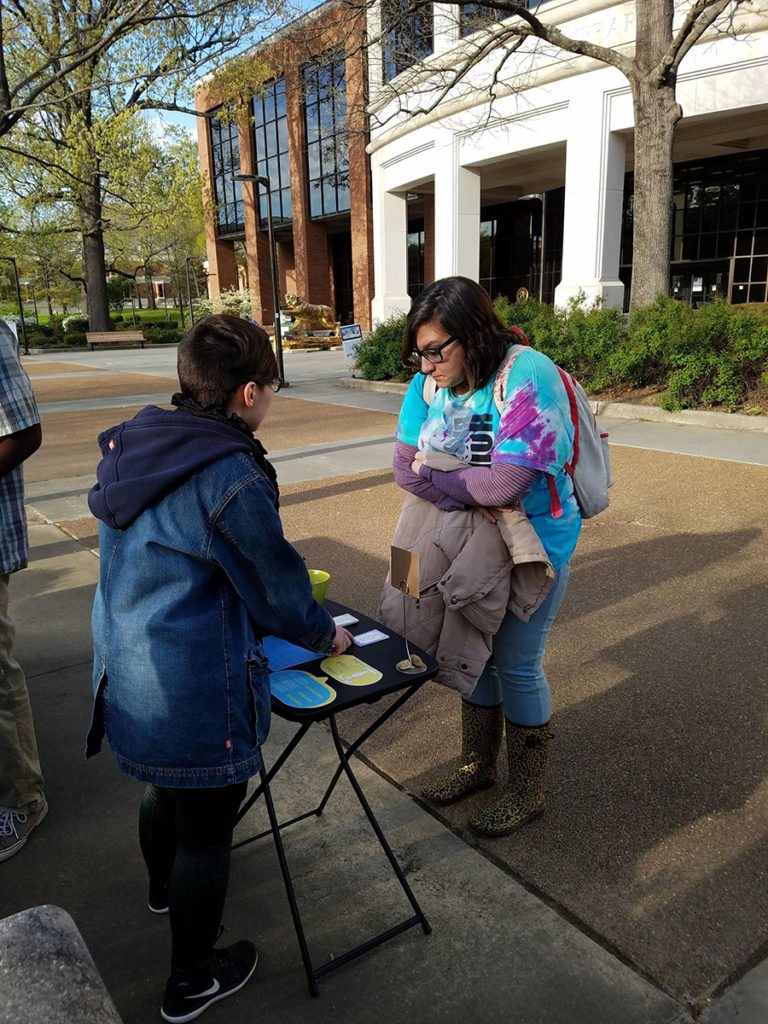Cat Normoyle
Assistant Professor
East Carolina University
Visual communication is a powerful tool to affect change, and projects that advocate for change through activist messaging offer opportunities for designers to have impact in their communities. By building awareness around a particular issue, designers are able to engage with community, providing a voice for those that may be under-represented, and foster shifts in behaviors and attitudes. These goals are often assumed successful, but are they actually working to increase awareness and affect change in behavior and attitude?

This paper reviews the social impact assessment (SIA) guidelines within public policy and urban planning to understand social impact evaluation standards in other disciplines. After review, key factors are integrated into a graphic design model and applied in classroom teaching. The model includes creating a strong stakeholder committee for engagement, identifying and defining the goals, defining evaluation items for measurable impact, collecting data, compiling and analyzing results, and drawing conclusion with mitigation recommendations. Exemplified in case studies, projects are shared that introduce students to design and activism as a tool for social change, while also maximizing impact by incorporating assessment strategies throughout the process.

Although it is easy to advocate for social design practices in graphic design curriculum, it is much more challenging to assess these practices within the context of community impact. This paper shares and exemplifies a graphic design process that may be used by design researchers, practitioners, educators, and students to appropriately assess social impact as a major outcome of their work.
This research was presented at the Design Incubation Colloquium 5.2: CAA 2019 Conference New York on Thursday, February 14, 2019.
